Could your hot drink be putting you at risk of oesophageal cancer?
CNA Lifestyle tells you why you might want to stay away from piping hot beverages - especially if you smoke or drink alcohol.
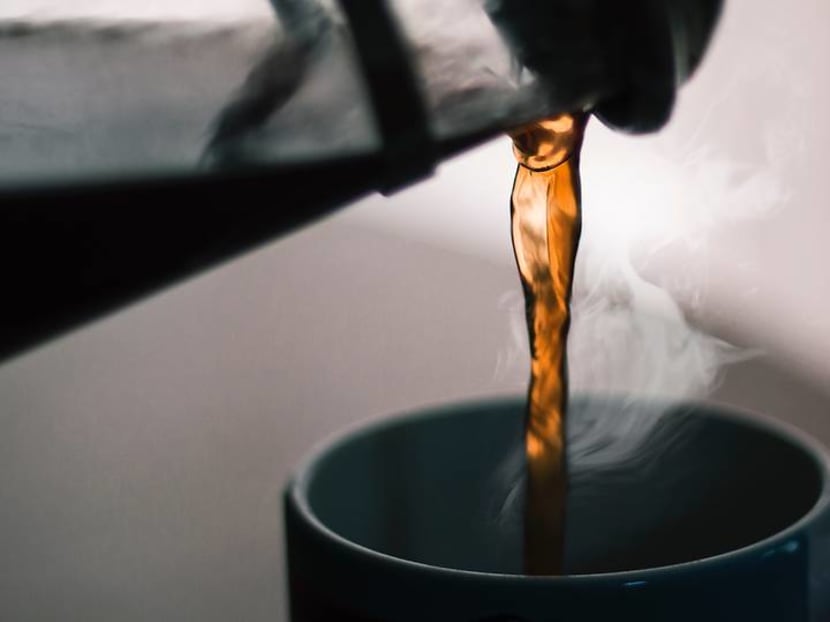
(Photo: Unsplash/Nik McMillan)
Ah, nothing like a hot cup of coffee (or tea or Milo) to start your day. But you may want to let your morning cuppa cool down slightly before drinking it, if you want to reduce your risk of oesophageal cancer.
It is a burning issue if you also drink or smoke. In a study published in the Annals of Internal Medicine, smokers and alcohol drinkers who consume hot tea have a two-to-five-time increase in oesophageal cancer. The cancer can be caused by repeated injury to the oesophagus due to smoke, alcohol, acid reflux - and perhaps - hot liquids.
The International Agency For Research On Cancer (IARC) has gone further by qualifying that hot drinks “over 65 degrees Celsius” may cause cancer. Its director Dr Christopher Wild said in a press release that the finding applied to every hot drink from tap water to tea. The IARC's conclusion was based on the results of more than 1,000 studies of coffee consumption that were published in The Lancet Oncology.
“Smoking and alcohol drinking are major causes of oesophageal cancer, particularly in many high-income countries,” said Dr Wild. “However, the majority of oesophageal cancers occur in parts of Asia, South America and East Africa, where regularly drinking very hot beverages is common and where the reasons for the high incidence of this cancer are not as well understood.”
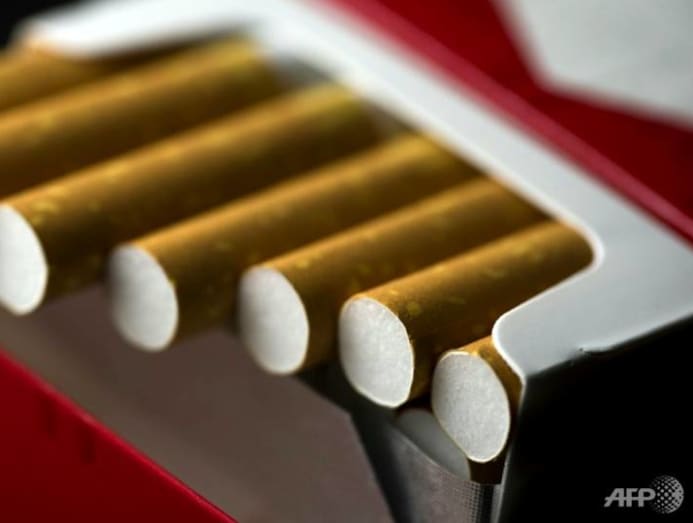
Dr Matthew Ng, senior consultant from the National Cancer Centre Singapore's Division Of Medical Oncology, also noted that "in people who do not smoke or drink heavily, there is no increased risk with hot drinks".
If you're thinking the nature of the drinks has something to do with the cancer link, Dr Wild said that "it is the temperature, rather than the drinks themselves, that appears to be responsible".
DOWN THE FOOD TUBE
Oesophageal cancer is more common in men than women in Singapore, and ranks as the ninth most common cause of cancer-related death in men, according to the latest data from the Singapore Cancer Registry. Worldwide, it is the eighth most common cancer and is often fatal, killing about 400,000 people every year, according to the IARC.
The oesophagus is essentially a food tube that connects the mouth and throat to the stomach. The wall of the oesophagus is made up of several layers of tissue, including the mucous membrane, muscle and connective tissue. Cells of the inner lining of this tube can become cancerous, although exactly how that happens is unknown, said Dr Ng.
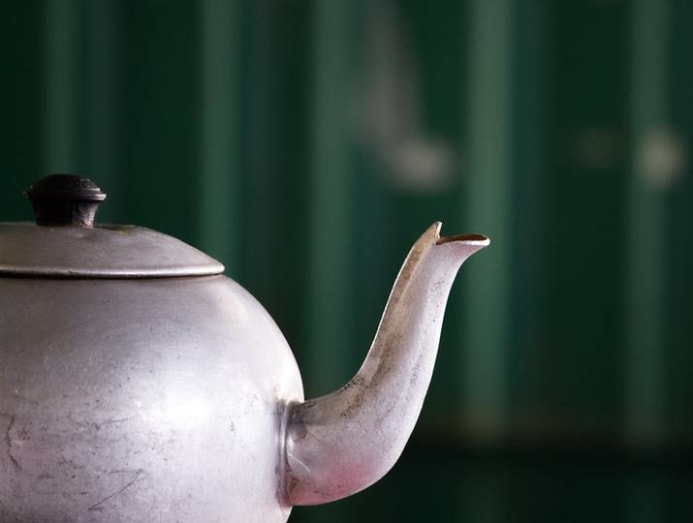
According to Dr Ng, the two most common types of oesophageal cancer are squamous cell carcinoma and adenocarcinoma. Squamous cells are cells that line the oesophagus, and cancer of this nature is mostly found in the upper and middle part of the oesophagus. Adenocarcinoma occurs when glandular cells that secrete mucus are affected. This form of cancer usually starts in the lower part of the oesophagus that is closer to the stomach.
DO YOU KNOW HOW HOT YOUR DRINK IS?
The temperature of your coffee depends on where you get it from, said Richard Khaw, deputy director of Nanyang Polytechnic's School Of Chemical And Life Sciences.
"For example, the local coffee served at hawker centres, food courts, kopitiams and local coffee chains such as Ya Kun Kaya Toast and Wang Cafe require brewing at temperatures of 90 to 95 degrees Celsius," said Khaw. This is because the beans are typically coated with butter or margarine during the roasting process, and the high temperature is needed to bring out their "aroma and sensory quality", he said.
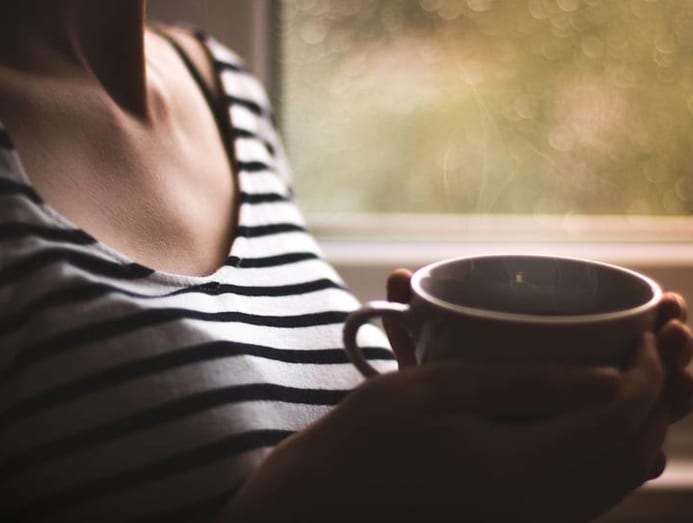
Western-style coffee powder is usually obtained from "blending and roasting different types of coffee beans together". This means its aroma can be released at lower temperatures of around 80 to 85 degrees Celsius," said Khaw.
As for tea, it is common to use "water off the boil" to brew it, said Reduwan Chik, head barista and roaster at Working Class Coffee, a pop-up cafe that will operate till September at The Working Capitol. So, tea drinkers may be handed a cup that can be as hot as 75 to 80 degrees Celsius, he said.
If milk is added to the coffee or tea, the overall temperature of your drink will be lower. "Milk scalds at 82 degrees Celsius, so when we're steaming it, we keep the temperature between 60 and 70 degrees Celsius - lower than that of coffee or tea," said Reduwan. Condensed milk or evaporated milk at room temperature can also cool down hot coffee or tea, even by a bit. As a result, a latte or teh is typically not as hot as a black coffee or teh-O.
OPTIMAL TEMPERATURE FOR ENJOYMENT
What, then, is the optimal temperature for enjoying coffee or tea without running the risk of oesophageal cancer? "It is fine to drink coffee at temperatures of 48 to 60 degrees Celsius," said Khaw.
If that is still too hot for you to handle, Reduwan opined that a temperature that is close to the body's is not a bad idea either. "Generally, the best temperature to enjoy coffee at is body temperature, as that is the temperature at which we perceive flavours best," he said.
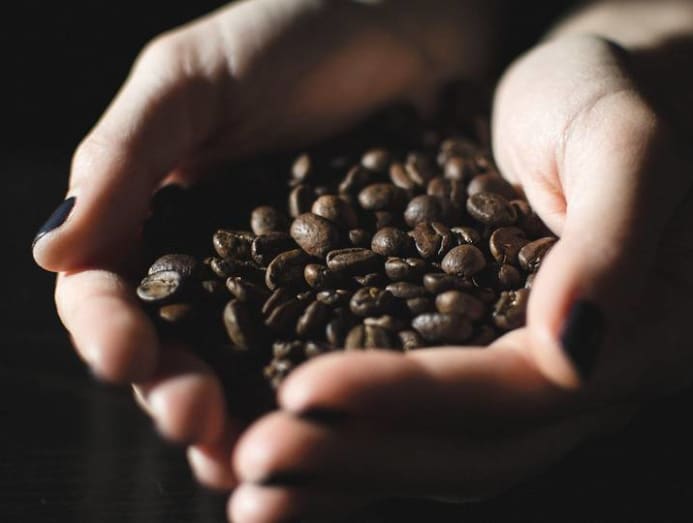
But when it comes to specialty grade coffees, Reduwan said that the aroma and flavour of the beans are more complex; various temperatures can bring forth different notes. "When the coffee is drunk hot, you may get notes of blueberries and peaches. But when it cools down, you might detect chocolate. And as it cools down further, you might get cocoa nibs and chai," he said. "So it is difficult to say what temperature is best when it comes to specialty-grade coffee."
Coffee and tea connoisseurs may also eschew the addition of milk, regardless of temperature. "Milk contains fat globules that mask the aroma of coffee and tea," said Khaw.
HOW LONG TO WAIT
A general gauge is, if the cup that your barista or kopitiam auntie hands you is too hot to hold, it is too hot to drink, said Reduwan. It pays to be a little patient and wait for a couple of minutes.
"Normally, it takes a longer time to lower the temperature by 1 degree Celsius when the coffee or tea is hot," said Khaw. For instance, a coffee at 90 degrees Celsius may take about 10 to 15 seconds to drop by 1 degree Celsius. But once it reaches lower than 75 degrees Celsius, it may take five to 10 seconds to drop by 1 degree Celsius, he explained.
Of course, the time your drink takes to cool down also depends on its initial temperature and heat capacity. The size and shape of the cup or mug also affects the rate of heat loss, he said.





